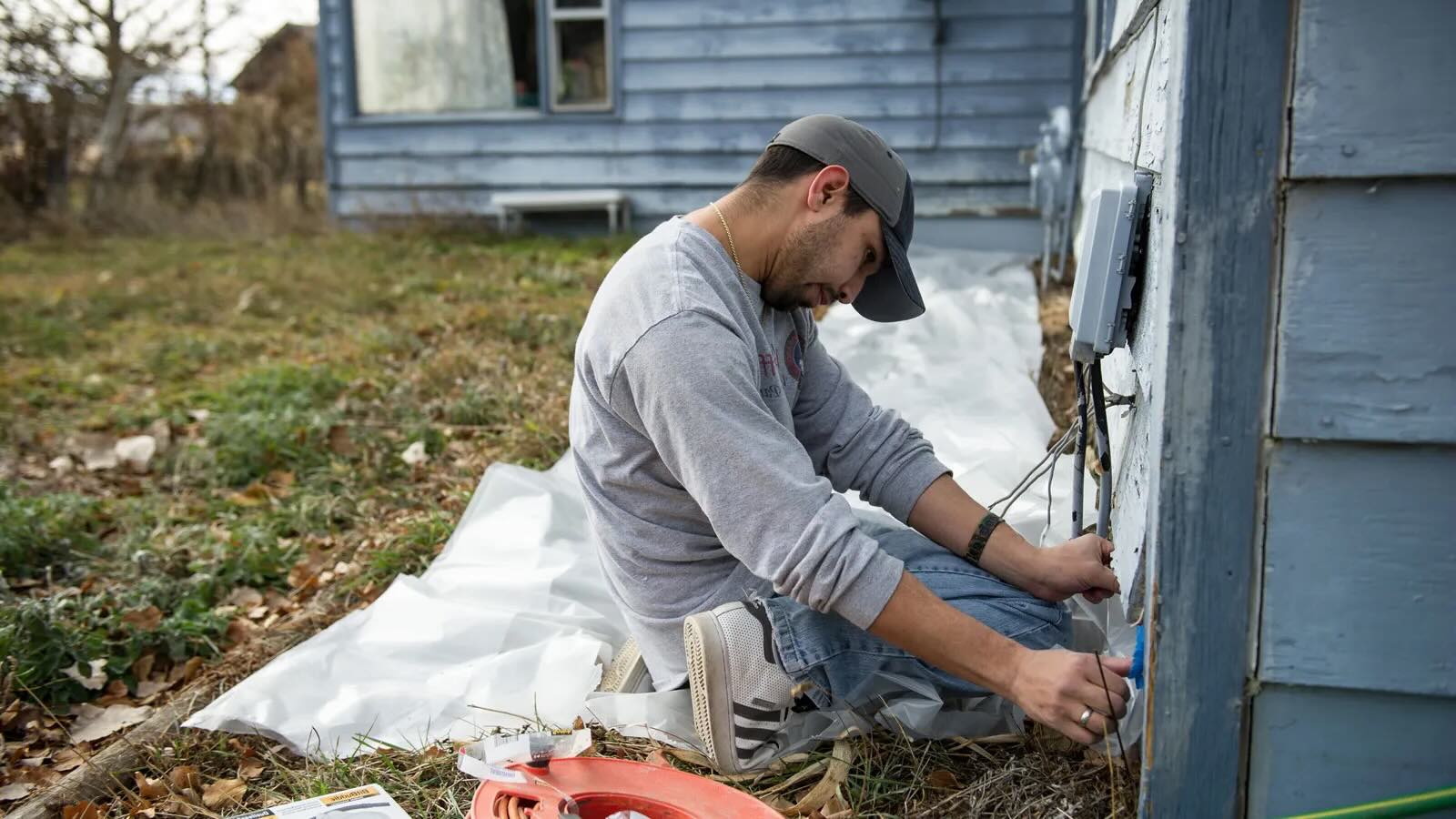
What is weatherization? Weatherization involves making buildings more energy-efficient by sealing leaks, adding insulation, and updating heating systems. Why is it important? It helps reduce energy bills, improves comfort, and lowers carbon footprints. Who benefits from it? Homeowners, renters, and businesses all gain from weatherization. How does it work? Techniques include caulking windows, installing storm doors, and adding attic insulation. When should you weatherize? Ideally, before extreme weather seasons. Where can you get help? Many local and federal programs offer assistance. What are the costs? Initial investments vary, but savings on energy bills often offset expenses. Is it worth it? Absolutely, for both your wallet and the environment.
What is Weatherization?
Weatherization involves making buildings more energy-efficient. This process helps reduce energy consumption, lower utility bills, and improve indoor comfort. Here are some fascinating facts about weatherization.
- Weatherization can save homeowners an average of 20% on their annual energy bills.
- The U.S. Department of Energy's Weatherization Assistance Program has helped over 7 million low-income families since 1976.
- Proper insulation can reduce heating and cooling costs by up to 50%.
- Weatherization can extend the life of a building by protecting it from moisture and air leaks.
- Sealing air leaks around windows and doors can improve indoor air quality by reducing pollutants and allergens.
Benefits of Weatherization
Weatherization offers numerous benefits beyond just saving money. It can enhance comfort, health, and even the environment. Let's explore some of these advantages.
- Weatherized homes maintain a more consistent indoor temperature, making them more comfortable year-round.
- Reducing energy consumption through weatherization helps lower greenhouse gas emissions.
- Weatherization can prevent mold growth by controlling moisture levels in the home.
- Improved insulation and air sealing can reduce noise pollution from outside.
- Weatherization can increase the resale value of a home by making it more energy-efficient.
Techniques Used in Weatherization
Various techniques are employed to weatherize a building. These methods focus on improving insulation, sealing air leaks, and upgrading heating and cooling systems.
- Adding insulation to attics, walls, and floors is a common weatherization technique.
- Caulking and weatherstripping are used to seal gaps around windows and doors.
- Installing energy-efficient windows can significantly reduce heat loss in winter and heat gain in summer.
- Upgrading to a programmable thermostat can optimize heating and cooling schedules, saving energy.
- Sealing ductwork ensures that heated or cooled air is delivered efficiently throughout the home.
Weatherization and Health
Weatherization can have a positive impact on health by improving indoor air quality and reducing exposure to harmful pollutants. Here are some health-related facts.
- Weatherization can reduce the risk of respiratory issues by minimizing drafts and controlling humidity levels.
- Proper ventilation systems installed during weatherization can help remove indoor pollutants.
- Weatherized homes are less likely to have pest infestations, which can trigger allergies and asthma.
- Reducing cold drafts can lower the risk of hypothermia and other cold-related health issues.
- Weatherization can help prevent carbon monoxide poisoning by ensuring proper ventilation of combustion appliances.
Weatherization and the Environment
Weatherization not only benefits individuals but also has a positive impact on the environment. Here are some eco-friendly facts.
- Weatherization reduces the demand for fossil fuels, helping to conserve natural resources.
- Lower energy consumption means fewer power plants are needed, reducing air pollution.
- Weatherization can help mitigate the urban heat island effect by reducing the need for air conditioning.
- Using sustainable materials for insulation and sealing can further reduce the environmental impact.
- Weatherization can contribute to achieving national and global energy efficiency goals.
Weatherization Programs and Incentives
Many governments and organizations offer programs and incentives to encourage weatherization. These initiatives make it more accessible and affordable for homeowners.
- The Weatherization Assistance Program provides free weatherization services to low-income households in the U.S.
- Many utility companies offer rebates and incentives for energy-efficient home improvements.
- Some states have their own weatherization programs that provide grants or low-interest loans.
- The federal government offers tax credits for certain energy-efficient home improvements.
- Nonprofit organizations often partner with local governments to provide weatherization services to underserved communities.
Weatherization Myths
There are several misconceptions about weatherization that can prevent people from taking advantage of its benefits. Let's debunk some common myths.
- Myth: Weatherization is too expensive. Fact: Many programs and incentives can significantly reduce the cost.
- Myth: Weatherization is only for old homes. Fact: Even new homes can benefit from improved energy efficiency.
- Myth: Weatherization is complicated. Fact: Many weatherization techniques are simple and can be done by homeowners themselves.
Weatherization: The Key to Comfort and Savings
Weatherization isn't just about keeping your home cozy. It’s a smart move for your wallet and the planet. By sealing gaps, adding insulation, and upgrading windows, you can cut energy bills significantly. Plus, a well-weatherized home stays cooler in summer and warmer in winter, making it more comfortable year-round.
Don’t forget, weatherization also reduces your carbon footprint. Less energy use means fewer greenhouse gases. Simple steps like caulking windows or installing weatherstripping can make a big difference.
Investing in weatherization pays off over time. Lower energy bills, increased home value, and a smaller environmental impact are just a few benefits. So, take action now. Start with a home energy audit to identify areas needing improvement. Your future self—and the planet—will thank you.
Was this page helpful?
Our commitment to delivering trustworthy and engaging content is at the heart of what we do. Each fact on our site is contributed by real users like you, bringing a wealth of diverse insights and information. To ensure the highest standards of accuracy and reliability, our dedicated editors meticulously review each submission. This process guarantees that the facts we share are not only fascinating but also credible. Trust in our commitment to quality and authenticity as you explore and learn with us.
